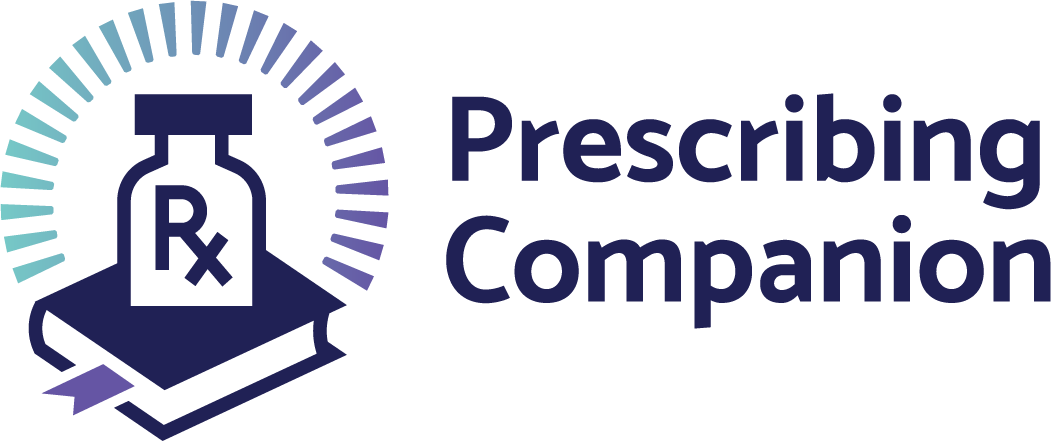Syphilis
exp date isn't null, but text field is
This is an infection caused by spirochaetes called Treponema pallidum, a corkscrew-shaped organism with an incubation period of 9 to 90 days.
Clinical Features
Primary syphilis presents with a painless papule at the site of inoculation which then ulcerates. The ulcer called a chancre, is often solitary with a firm, indurated base and is therefore often referred to as hard sore. Oral and vulva lesions may be subtle. In men, the chancre could be found on the glans penis, shaft, anus and rectum whereas in women it is found on the vulva, cervix and perineum.
Chancres may also be found on the skin or mucous membrane of the anogenital area as well as the lips, tongue, buccal mucosa, tonsils or fingers. Rarely chancres can be found on other parts of the body, often producing such minimal symptoms that they are ignored. There may be bilateral inguinal lymphadenopathy. Without treatment, the ulcer heals in 3-6 weeks.
Secondary syphilis presents 6 to 12 weeks after infection with cutaneous rashes which may be generalized and also affect the soles and palms. The rash can mimic any skin disease ranging from circular plaques like psoriasis, or light copper coloured scaly macules like pityriasis rosea Patchy hair loss is a common presentation. In the mouth are found snail track ulcers which are slimy superficial erosions. Condylomata lata is flat warty papules and plaques found on the genitalia and perineal skin. Generalised enlarged lymph nodes may occur.
Other areas may be involved as well such as eyes (uveitis), bones (periostitis), joints, meninges, kidneys (glomerulitis), liver and spleen.
Tertiary syphilis: Presents 10 to 25 years after the initial infection. The patient may present with cardiovascular complications. These include dilated aneurysm of the ascending aorta, narrowing of the coronary aorta or aortic valvular insufficiency. The central nervous system complications include dementia and psychosis and meningovascular neurosyphilis.
Congenital syphilis presents with clinical features as those of secondary syphilis in adults. Mild constitutional symptoms of malaise, headache, anorexia, nausea, bone pain s and fatigability are present as well as fever, anaemia, jaundice, albuminuria and neck stiffness.
Diagnosis
Collect blood specimen and allow to clot, send to the laboratory for identification of antibodies to Treponema pallidum using screening methods like VDRL (Venereal Disease Research Laboratory), RPR (Rapid Plasma Reagin)
TreatmentAdult:
Benzathine Penicillin 2.4 M.U IM weekly for a total 3 doses Alternatively give Procaine Penicillin 1.2 M.U IM daily for 10 days
OR
Erythromycin 500mg 4 times a day for 14 days in penicillin allergy and children (50mg/kg body weight )
OR
In non-pregnant adults; Doxycycline 100mg twice daily for 14 days.
Child:
Benzathine Penicillin 50 000units/kg IM weekly for a total of 3 doses.
Treatment of Genital Ulcers
Most patients with primary or secondary syphilis infection have jarisch - 1- erxheimer reaction within 6 hours to 12 hours of initial treatment. The reaction is manifested by generalized malaise, fever, headache, sweating, rigours and a temporary exacerbation of syphilitic lesions. This usually subsides within 24 hours and poses no danger other than the anxiety it produces.
